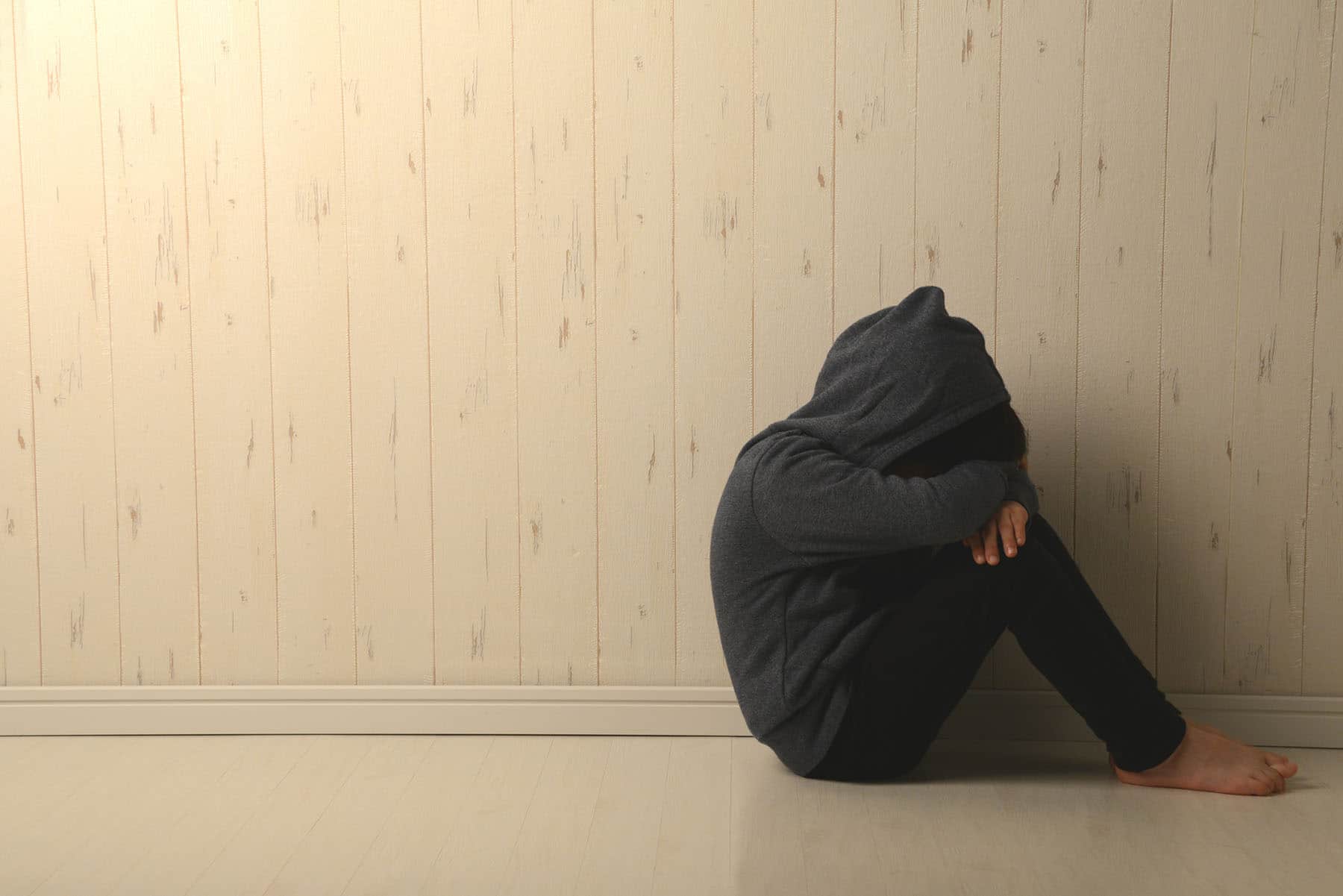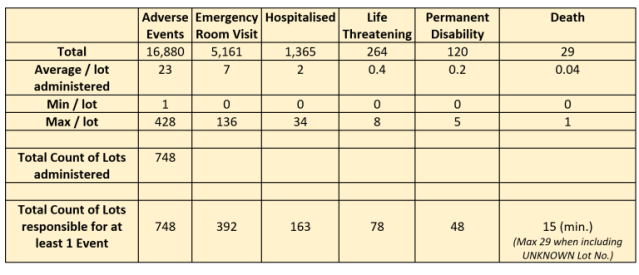
Unsurprisingly, the level of depression and anxiety in Israel rose following the difficult year that was 2020. According to recently published data, nearly 1 in 3 Israelis (29%) suffered from symptoms of high or very high anxiety during the second wave of the coronavirus pandemic, compared to about 1 in 10 in 2018 (12%).
After this virus is fully behind us, however, we will still have another looming catastrophe hanging over us––the climate crisis, whose negative impact is not just limited to the natural environment but extends to the human psyche as well. Thus, according to a recent survey conducted by psychiatrists in the UK, many children and adolescents now suffer from anxiety and depression due to the climate crisis and its effect on our environment.
The new survey was conducted by the Royal College of Psychiatrists with the additional help of psychiatrists working within the public health system in the country. Nearly half of the psychiatrists surveyed (46.7%) reported that in the past year they have treated patients who have experienced distress due to environmental and ecological issues. Among the psychiatrists who specialize in children and adolescents, the figure clocked in higher at 57.3%. In comparison, the number was lower among psychiatrists who specialize in the elderly, which stood at 33%. Although, it is important to note that the size of the survey was small as only a total of 176 English psychiatrists participated.
Climate-Induced Distress
According to the respondents, the patients’ distress was mainly expressed in the form of bad moods, feelings of helplessness, anger, and lack of sleep.
Although Environmental distress is a relatively new phenomenon and not yet officially defined as a mental disorder in the DSM (the manual of psychiatric diagnoses) mental health professionals have been warning of its increase in recent years. Two main ways in which the distress may manifest are through anxiety and depression.
Climate anxiety is a term describing feelings of excessive nervousness and fear in response to the seemingly irreversible damage brought onto the world and the environment due to the climate crisis as well as feelings of helplessness due to its advancement. Solastalgia, on the other hand, is the term denoting the depressive expression of distress; feelings of sadness and even mourning following instances of environmental destruction that have or might occur. This feeling can be the result of losing a specific beloved place like a grove, spring, or beach to construction or urban developments. It can also manifest from simply being aware of the sprawling and increasing tendencies of environmental damage throughout the world.
“Children who suffer from these symptoms exhibit fears and anxieties that result from uncertainty and loss of confidence in the world and in the future,” says Dr. Ahuva Windsor, a psychologist who also specializes in environmental issues.
“Adolescents often feel disappointed. They feel that the adults around them are cynical and that political decisions don’t address critical environmental needs, so they have a perception that there is no reason to invest in anything because they feel the world is going to be destroyed anyway,” she elaborates.
Feelings of Helplessness
According to Windsor, children who suffer from climate anxiety are often those who have been affected by extreme climatic events such as storms, fires, or floods and who also understand they were caused by the climate crisis.
“Children affected by California fires, for example, are able to understand that they were not necessarily a one-time event and that they may happen again––and that scares them because their home was destroyed as a result of these disasters,” Windsor explains.
According to data from the UK Environment Agency, exposure to extreme climatic events could increase the risk of developing mental health problems such as anxiety and depression by 50%. Further, a quarter of the people affected by severe flooding continue to suffer from mental problems for as long as two years following a particular incident.
However, indirect exposure to environmental destruction through media and social networks can also spark mental distress in children. “Some kids are exposed to articles, facts, and discussions that scare them, which can make them feel helpless,” says Windsor.
“Many times, they also see that the adults around them are themselves threatened by the phenomenon, and sometimes the adults don’t have enough knowledge to reassure them.”
Too Much to Comprehend?
But to understand why this phenomenon is observed more in children, outstanding social and behavioral factors must be taken into consideration.
“There is a theory that adults are just less likely to talk about personal difficulties stemming from environmental issues because it isn’t socially accepted or legitimate to feel mentally distressed by this topic,” says Windsor. “Therefore, adults are less likely to address these issues during psychiatric treatment. Children do not have this ‘problem’, and if they internalize these issues as threatening, they will not tend to hide it, and therefore, we encounter these distresses more in them.”
Another possible explanation is that compared to adults, it is more difficult for children to grasp the climate crisis and understand what is taking place. “They feel like there’s something threatening and unclear, and they don’t quite know how to deal with it. It’s too much for them,” she explains.
Because the extent of the climate crisis is oftentimes unclear to children, possible climate solutions seem detached from the problem itself. For example, they may find it difficult to understand cycling instead of driving a car or why reducing the use of electrical appliances can curtail the frequency of extreme weather events.
“They’re happy to have tools to deal with the problem and happy to take action, but many times they suffer an emotional crisis because of that disconnect and a feeling that what they are doing won’t really help,” says Windsor. “Even adults don’t fully understand the contribution of various measures against climate change, but it is easier for adults to live with. By contrast, children are fearful and have a larger lack of awareness.”
In terms of this situation in Israel, the effects of environmentally tied anxiety and depression are seemingly less severe than elsewhere in the world, according to Windsor. Although, she emphasizes it is still a cause for concern.
“It does not seem like this is a real trend in Israel, but I do hear from time to time about such cases,” she says. “Regardless, this is a phenomenon that is being noticed more and more, and we need to be prepared for it.”
Arm the Children with Answers
So, what can be done if a child or adolescent exhibits distress due to environmental issues? “First of all, it’s important that the adults around the child don’t disregard or dismiss their feelings, and say ‘hey, why are you worried about it, there are worse things,’ but instead treat the distress the child expresses respectfully,” says Windsor.
Windsor also recommends that children not be exposed to content they are unable to handle like stories and reports broadcasted through media. “It’s important to be exposed to content in a measured way,” she says. “A sight like a forest fire, for example, can be very scary for children.”
Beyond that, adults can provide children with solutions that will make it easier for them to deal with the distress. “Especially when it comes to our children and our homes, we as adults need to demonstrate ourselves that the steps we are taking for the environment can really help,” she says.
With this, proper environmental education should have a more firm place in school curriculum in order to facilitate youth’s appreciation for nature and to better familiarize them with problematic climate issues and how to deal with them in a safe and controlled space.
“It’s important to arm the child with answers and show the connection between the problem and the solutions. Beyond that, we should act together with our children and take actions that are beneficial to the environment as a family, for example, and not merely pretend to do so,” Windsor concludes.
ZAVIT – Science and the Environment News Agency
Related posts:
Views: 0
 RSS Feed
RSS Feed

















 February 17th, 2021
February 17th, 2021  Awake Goy
Awake Goy 

 Posted in
Posted in  Tags:
Tags: 
















